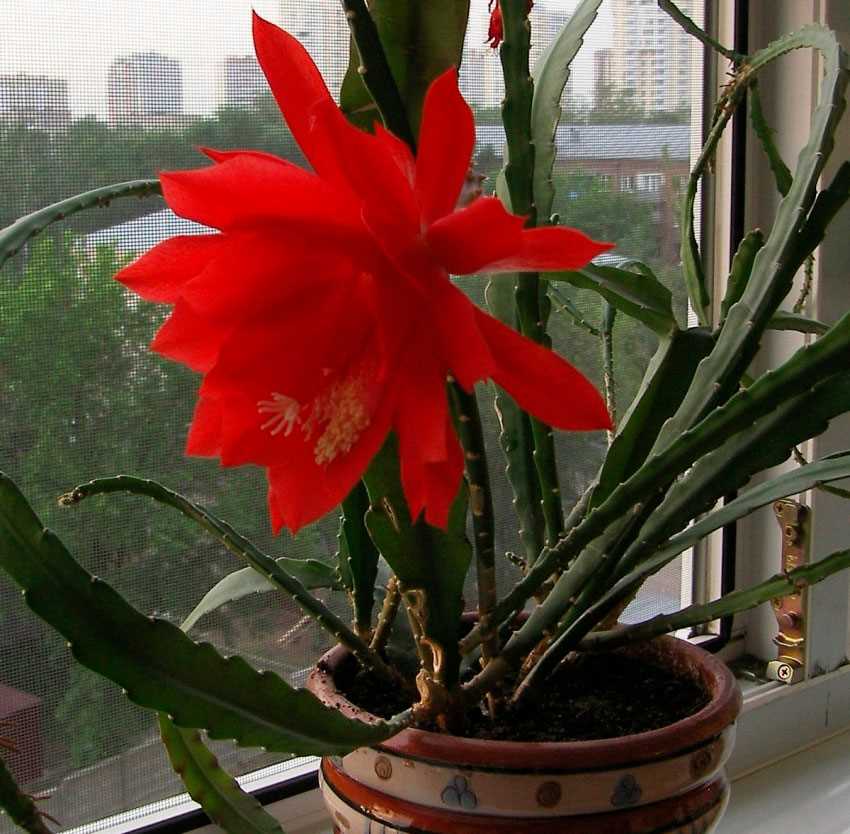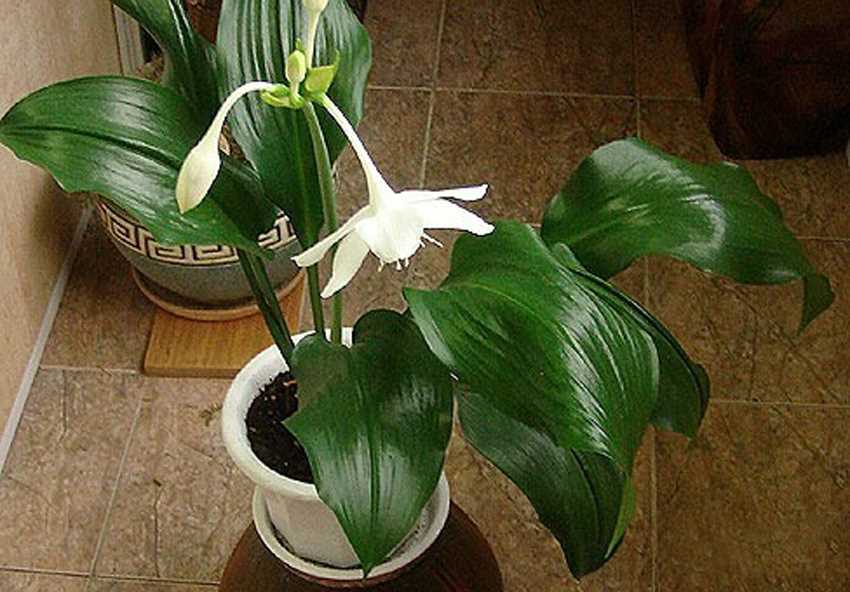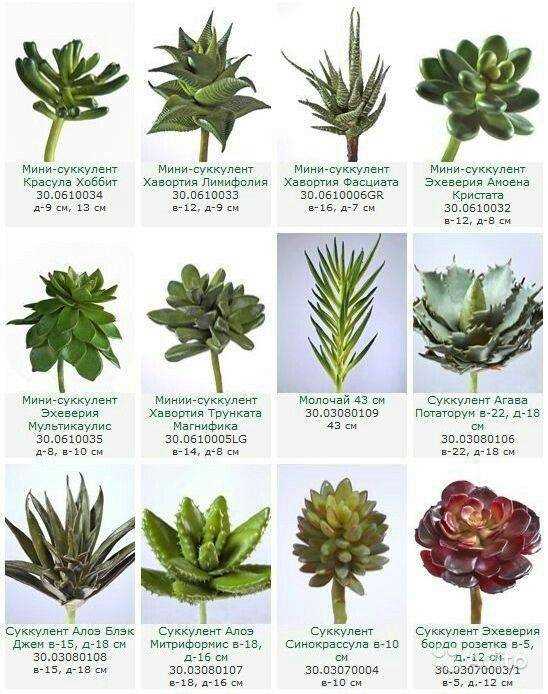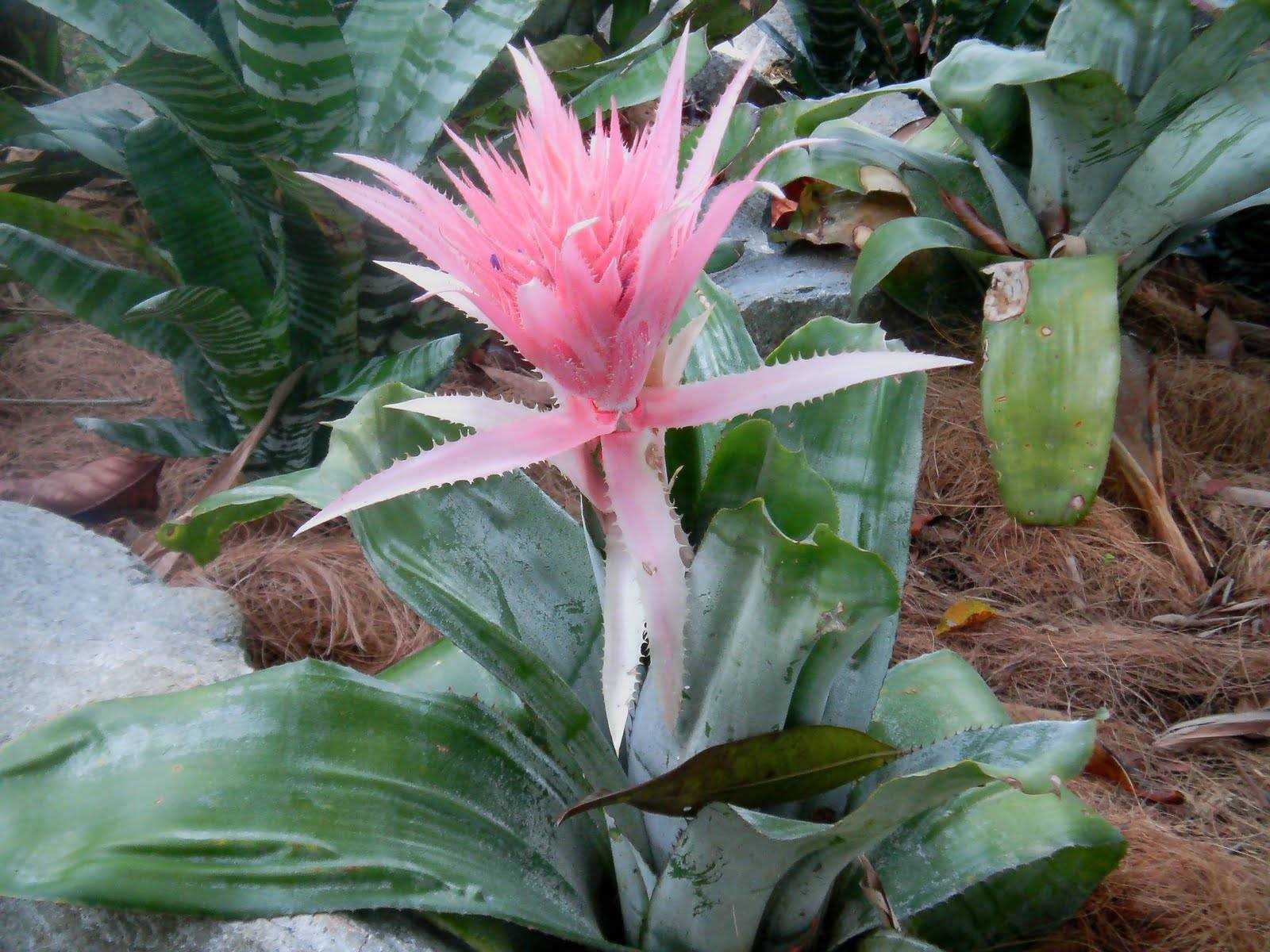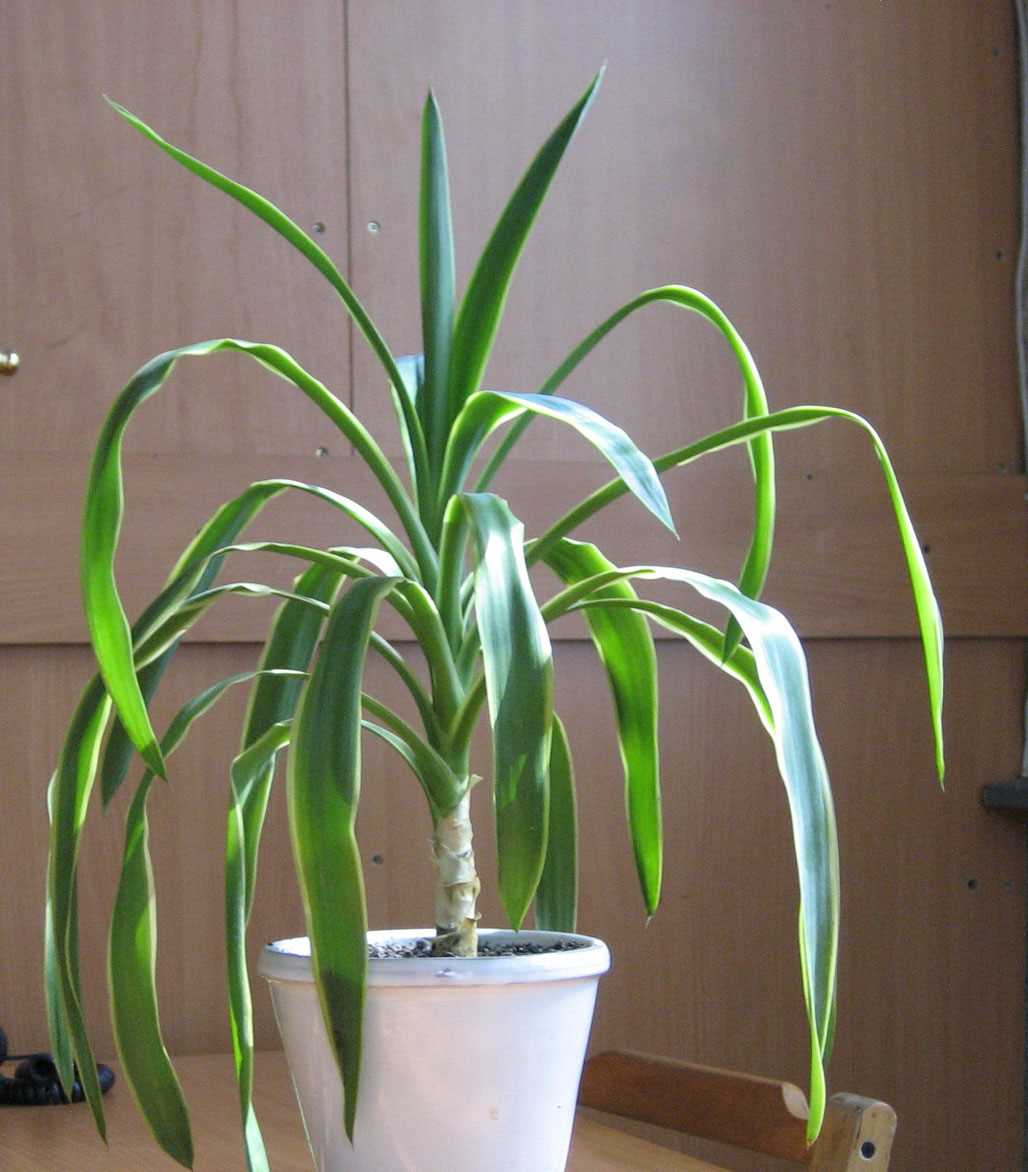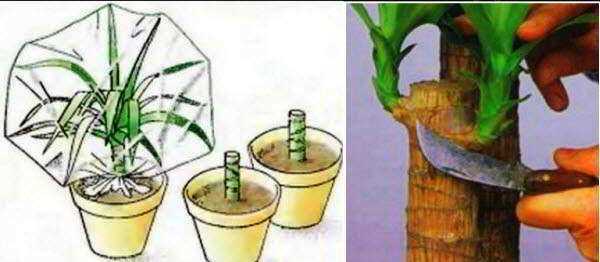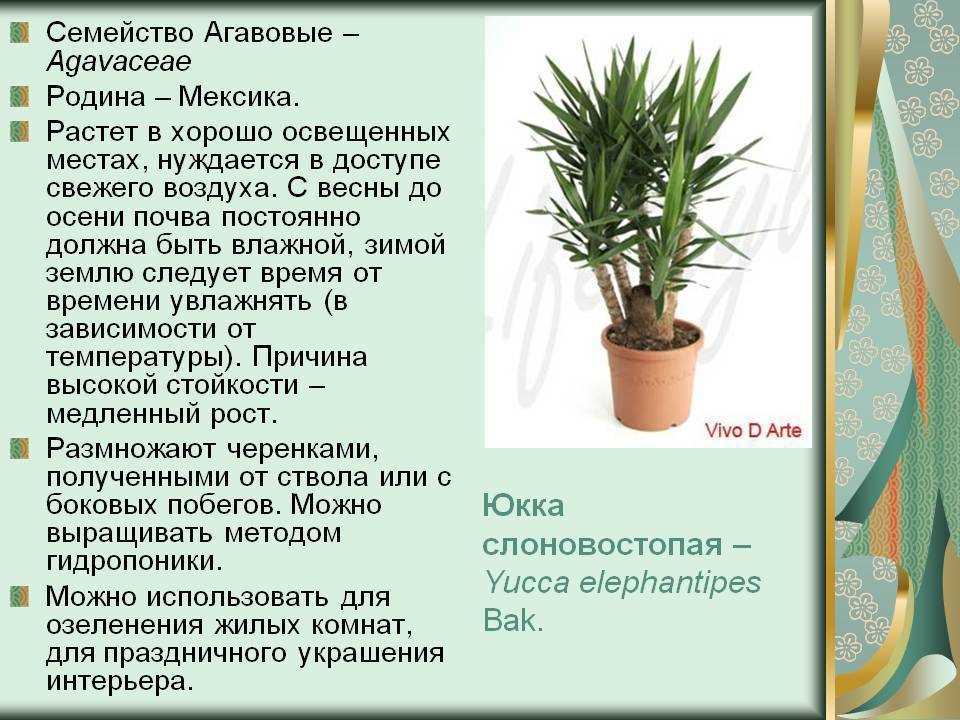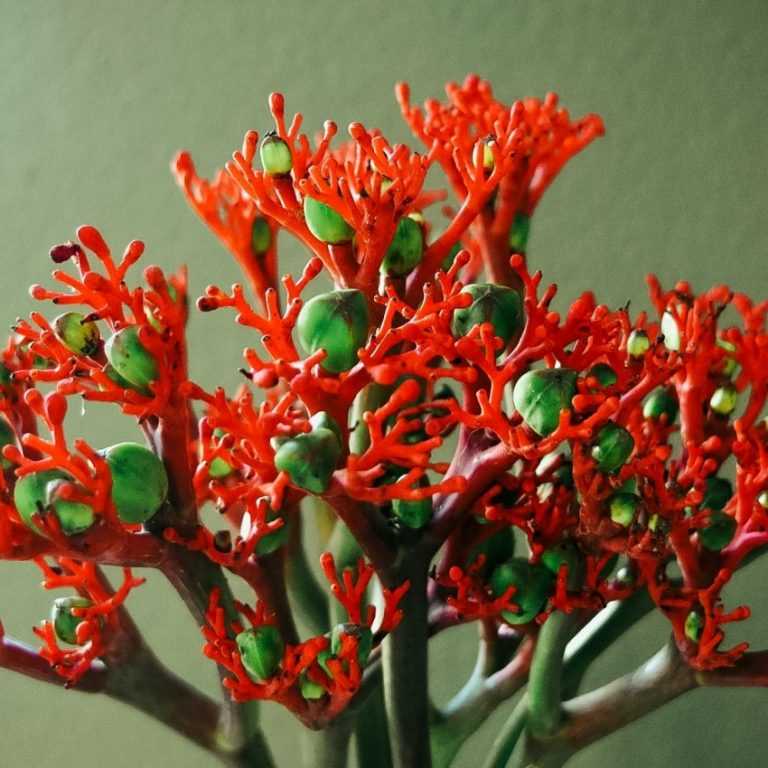- Ребуция в домашних условиях: полезные рекомендации и советы
- Выбор подходящего места
- Полив и увлажнение
- Удобрение и подкормки
- Подготовка к ребуция: с чего начать и как узнать, что это нужно вашим растениям
- Шаги подготовки к ребуции:
- Как создать оптимальные условия для ребуции в домашних условиях
- Правильный выбор террариума
- Организация места для покоя и укрытия
- Рацион питания
- Поддержание чистоты и гигиены
- Правильный подбор почвы и грунта для ребуции
- Требования к почве для ребуции:
- Подготовка почвы для ребуции:
- Когда и как правильно поливать ребуцию дома?
- Удобрение ребуции: основные правила и частота
- Правило 1. Правильный выбор удобрений
- Правило 2. Соблюдение частоты удобрения
- Правило 3. Не переусердствуйте с удобрениями
- Основные методы размножения ребуции в домашних условиях
- 1. Размножение черенками
- 2. Размножение листьями
- Как обрезать ребуцию и поддерживать ее форму в домашних условиях
- Шаг 1: Определите, где нужно обрезать
- Шаг 2: Сделайте срез
- Шаг 3: Поддерживайте форму растения
- Определение и борьба с вредителями и болезнями ребуции
- Вредители ребуции
- Болезни ребуции
- Уход за ребуцией в зимний период: особенности и рекомендации
- Продолжайте поливать
- Обеспечьте достаточное освещение
- Увлажняйте воздух
- Избегайте перепадов температур
- Советы по уходу за ребуцией в разных климатических условиях
- 1. Уход за ребуцией в сухом климате
- 2. Уход за ребуцией в холодном климате
- 3. Уход за ребуцией в жарком климате
- Частые ошибки при уходе за ребуцией: как их избежать?
- 1. Ошибки в поливе
- 2. Неправильное освещение
- 3. Неподходящая температура
- 4. Неправильное удобрение
- Вопрос-ответ:
- Какие материалы нужны для создания ребуции в домашних условиях?
- Какой способ размножения ребуции является наиболее эффективным?
- Как правильно ухаживать за ребуцией в домашних условиях?
- Как часто нужно поливать ребуцию?
- Что делать, если ребуция перестала расти или выглядит не очень здоровой?
Ребуция — прекрасное растение, которое пришло к нам из тропических лесов Южной Америки. Это эпифитическое растение, которое способно расти на других растениях, не паразитируя на них. Ребуция имеет необычные, узколистные побеги и яркие, разнообразные цветки. Именно благодаря своей необычной красоте ребуция пользуется популярностью среди цветоводов.
Уход за ребуцией в домашних условиях несложен, но требует определенных знаний и усилий. Во-первых, ребуция необходимо обеспечить оптимальные условия освещения. Растение предпочитает яркий, но рассеянный свет. Прямые солнечные лучи могут вызывать ожоги на листьях, поэтому лучше располагать горшок с ребуцией на восточном или западном окне.
Во-вторых, ребуции требуется умеренный полив и высокая влажность воздуха. Растение уязвимо к переувлажнению, поэтому необходимо поливать его только тогда, когда верхний слой грунта уже высох. Влажность воздуха в комнате можно повысить, распылив вокруг растения воду или поместив горшок на подставку с влажным грунтом.
Ребуции также необходимы периоды покоя и отдыха. Для этого растение следует помещать в прохладное место с низкой температурой и уменьшить полив. Это поможет создать необходимые условия для активного цветения в будущем.
В заключение, ребуция — это прекрасное растение, которое можно успешно вырастить и ухаживать в домашних условиях. Следуя простым правилам освещения, полива и обеспечивая необходимую влажность, вы сможете насладиться красотой и изяществом этого экзотического цветка.
Ребуция в домашних условиях: полезные рекомендации и советы
Ребуция – это популярное растение, которое можно выращивать и в домашних условиях. Чтобы обеспечить ему правильный уход, следует учитывать несколько важных моментов.
Выбор подходящего места
Перед тем как разместить ребуцию в доме, необходимо выбрать подходящее место. Она предпочитает яркий, но рассеянный свет, поэтому растение лучше всего разместить на восточном или западном окне. Не рекомендуется ставить ребуцию на солнечное окно, так как она может подвергаться перегреву.
Полив и увлажнение
Ребуция требует регулярного полива. Важно помнить, что она не переносит пересыхания или переувлажнения почвы. Чтобы определить, когда нужно полить ребуцию, необходимо проверять влажность грунта пальцами. Если верхний слой грунта просох, можно полить растение. Однако стоит помнить, что стоячая вода в горшке может привести к гниению корней, поэтому после полива необходимо удалить излишки воды.
Удобрение и подкормки
Для обеспечения ребуции необходимыми питательными веществами, растение следует удобрять. Это можно делать с помощью органических удобрений или специальных комплексных удобрений для цветущих растений. Удобрение проводят 1-2 раза в месяц с марта по сентябрь. Важно не переборщить с дозировкой, так как это может привести к ожегам листьев.
Уход за ребуцией в домашних условиях несложен, но требует регулярности и внимания. Следуя данным рекомендациям, вы сможете создать оптимальные условия для процветания этого замечательного растения.
Подготовка к ребуция: с чего начать и как узнать, что это нужно вашим растениям
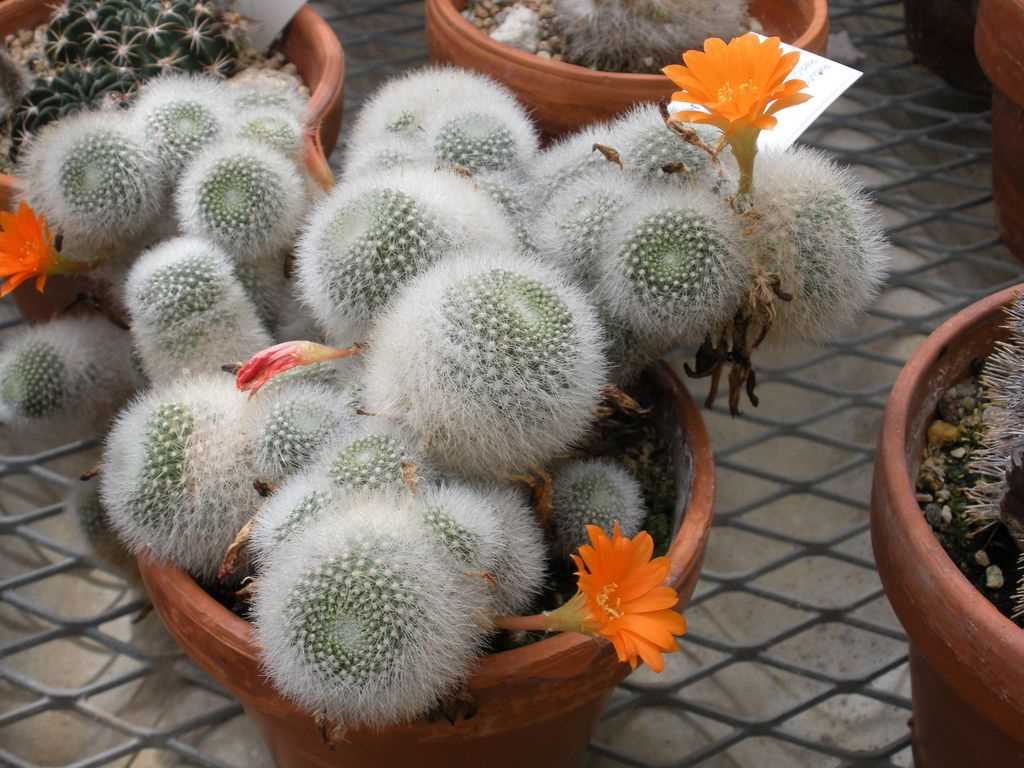
Ребуция — это процесс, при котором часть растения, такая как стебель или лист, отделяется и помещается в воду или почву для размножения. Этот метод часто используется для размножения растений, таких как комнатные цветы и овощные культуры. Он позволяет сохранить генетическую информацию родительского растения и получить новые экземпляры с теми же характеристиками.
Перед тем, как приступить к ребуции, необходимо определить, нуждается ли ваше растение в этой процедуре. Есть несколько признаков, которые могут указывать на необходимость ребуции. Первое, на что стоит обратить внимание, это размер растения. Если оно стало слишком громоздким, неуправляемым или просто выросло за пределы своего контейнера, то, возможно, настало время для ребуции. Кроме того, если вы заметили, что у растения появилось много новых побегов или оно перестало активно расти, это также может быть сигналом к необходимости провести ребуцию.
Прежде чем приступить к ребуции, нужно подготовить все необходимое. Вам понадобятся острые садовые ножницы или нож, санитарный спирт или мыло для обеззараживания инструментов, питательная почва или стекло с водой, контейнер для размещения разделенной части растения и прозрачная пластиковая пленка или стакан для создания парникового эффекта.
Шаги подготовки к ребуции:
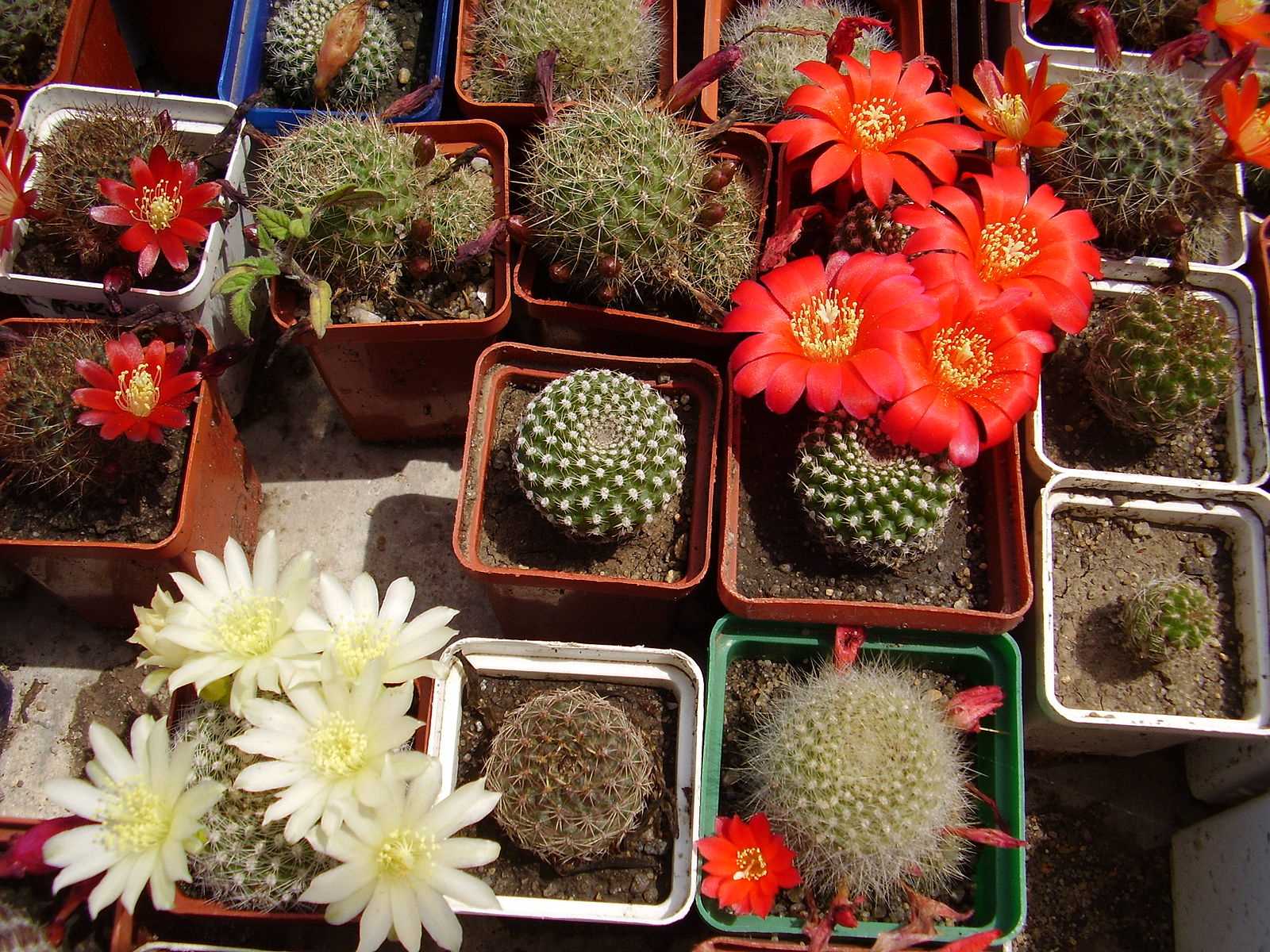
- Определите место на растении, где будет проводиться ребуция, и выберите соответствующий размер и форму обрезки.
- Обеззаражьте инструменты, которые будете использовать для ребуции, чтобы предотвратить передачу инфекционных заболеваний.
- Сделайте разрез или обрежьте выбранную часть растения, делая наклонный или горизонтальный срез. Убедитесь, что срез чистый и ровный.
- Разместите разделенную часть растения в контейнере с питательной почвой или стекле с водой. Обеспечьте необходимую влажность для корней, покрывая контейнер прозрачной пленкой или стаканом.
- Регулярно проверяйте состояние разделенной части растения, поддерживайте оптимальное увлажнение и освещение, и следите за появлением корней и новых побегов.
- Когда у разделенной части растения появятся достаточно развитые корни, ее можно переместить в постоянное место или посадить в отдельный горшок.
Помните, что процесс ребуции может занять некоторое время, и результат может зависеть от типа растения и условий, в которых оно размещено. Также, не забывайте следить за разделенной частью растения после ребуции и обеспечивать ей все необходимые условия для роста и развития.
Как создать оптимальные условия для ребуции в домашних условиях
Правильный выбор террариума
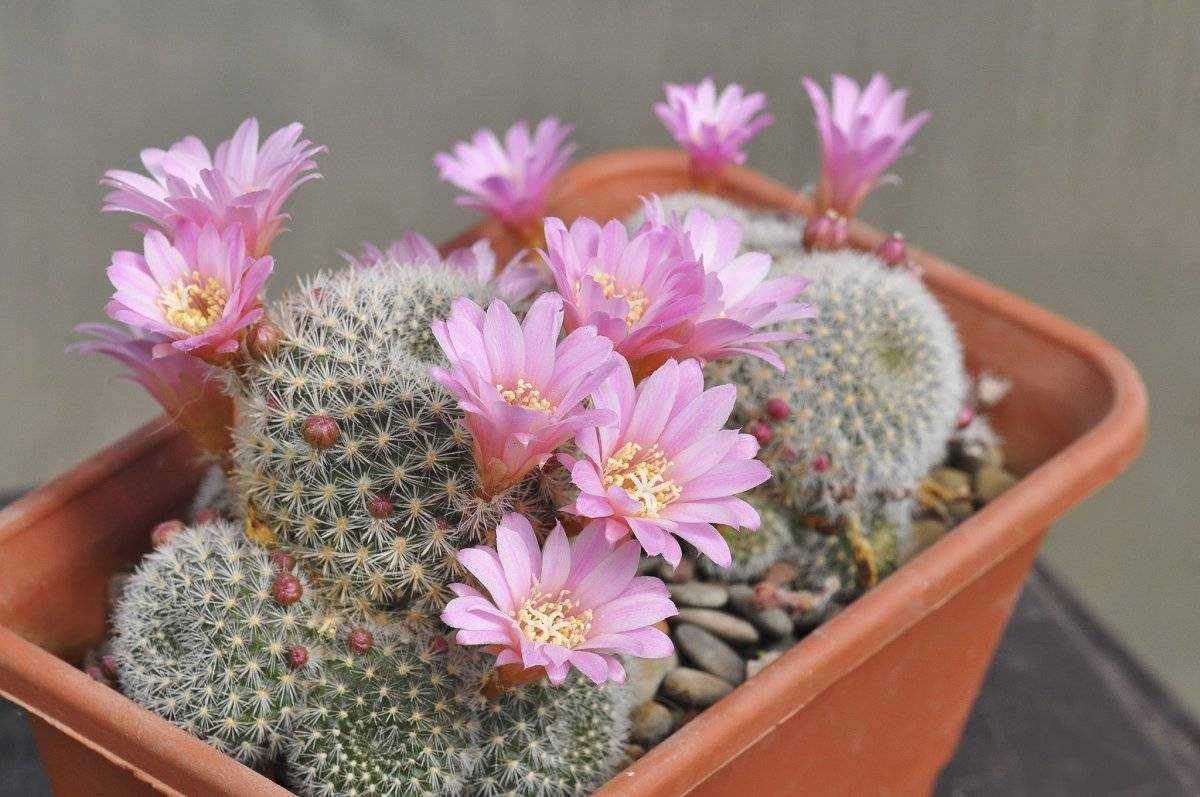
Для обеспечения комфорта ребуции в домашних условиях необходимо подобрать ей подходящий террариум. Размеры террариума должны быть достаточными для активности и движения ребуции. Оптимальная температура и влажность внутри террариума также играют важную роль в поддержании благоприятных условий для жизни ребуции.
Организация места для покоя и укрытия
Внутри террариума необходимо создать место, где ребуция может спокойно отдыхать и укрыться. Для этого можно использовать различные декоративные предметы, такие как коряги, камни, листья. Важно помнить, что ребуция — ночное существо, поэтому ей необходимо обеспечить темное и уютное место для сна.
Рацион питания
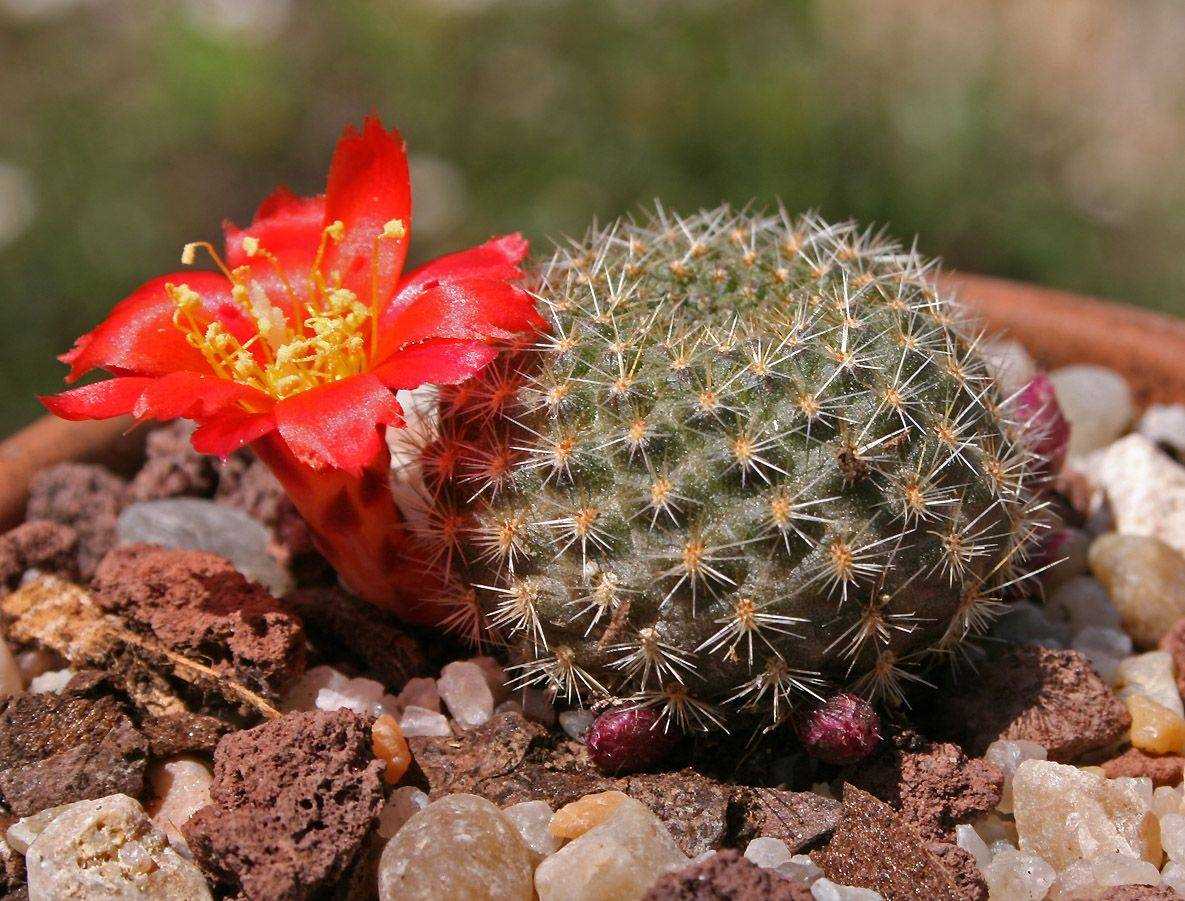
Оптимальные условия для ребуции в домашних условиях также включают правильный рацион питания. Ребуции предпочитают питаться живой пищей, такой как насекомые, дождевые черви и птицы. Необходимо создать условия для ежедневного получения ребуцией необходимого количества пищи, учитывая ее возраст и размер. Важно помнить, что вода должна быть доступна для ребуции в террариуме во время питания и в любое другое время.
Поддержание чистоты и гигиены
Важно поддерживать чистоту и гигиену в террариуме, чтобы обеспечить здоровье ребуции. Регулярно очищайте и дезинфицируйте террариум, удаляйте остатки пищи и экскременты ребуции, предотвращая появление неприятного запаха и размножение болезнетворных микроорганизмов. Также важно следить за состоянием оборудования в террариуме и своевременно устранять возможные проблемы.
Правильный подбор почвы и грунта для ребуции
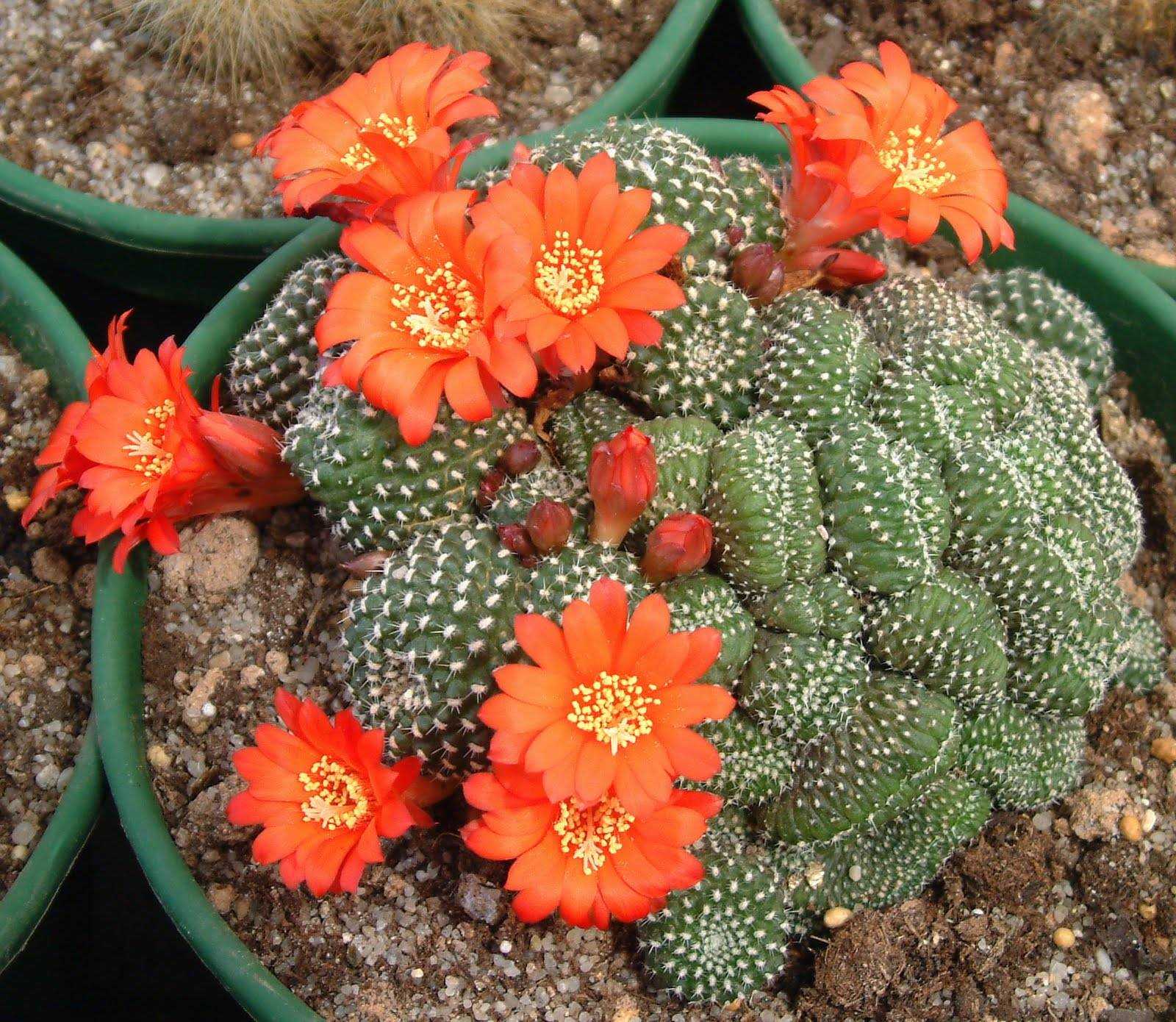
Правильный подбор почвы и грунта является важным аспектом заботы о ребуции в домашних условиях. Для того чтобы растение хорошо развивалось и процветало, необходимо обеспечить ему оптимальные условия почвы и грунта.
Требования к почве для ребуции:
- Влажность: Ребуция предпочитает умеренно влажную почву. Она не должна быть слишком сухой или слишком мокрой. Регулярный полив поможет поддерживать необходимый уровень влажности.
- Рыхлость: Почва для ребуции должна быть хорошо рыхлой и воздушной. Это позволит корням растения свободно развиваться и получать достаточное количество кислорода.
- Питательность: Ребуция нуждается в питательной почве, богатой органическими веществами. Для этого можно добавить в почву компост или специальные удобрения для комнатных растений.
Подготовка почвы для ребуции:
- Выбор грунта: Ребуция может расти в универсальном грунте для комнатных растений или специальном субстрате для эпифитов. Важно выбрать качественный грунт без примесей.
- Подготовка почвы: Почву перед посадкой ребуции рекомендуется просеять для удаления крупных комков и сорных семян. Это позволит обеспечить растению лучшее прикорневое пространство.
- Дренажный слой: Для предотвращения застаивания влаги в грунте следует создать дренажный слой из гравия или крупного песка на дне горшка.
Правильный подбор и подготовка почвы и грунта для ребуции позволит обеспечить растению оптимальные условия для роста и развития. Следуйте указанным рекомендациям и ваша ребуция будет радовать вас своим здоровьем и красотой.
Когда и как правильно поливать ребуцию дома?
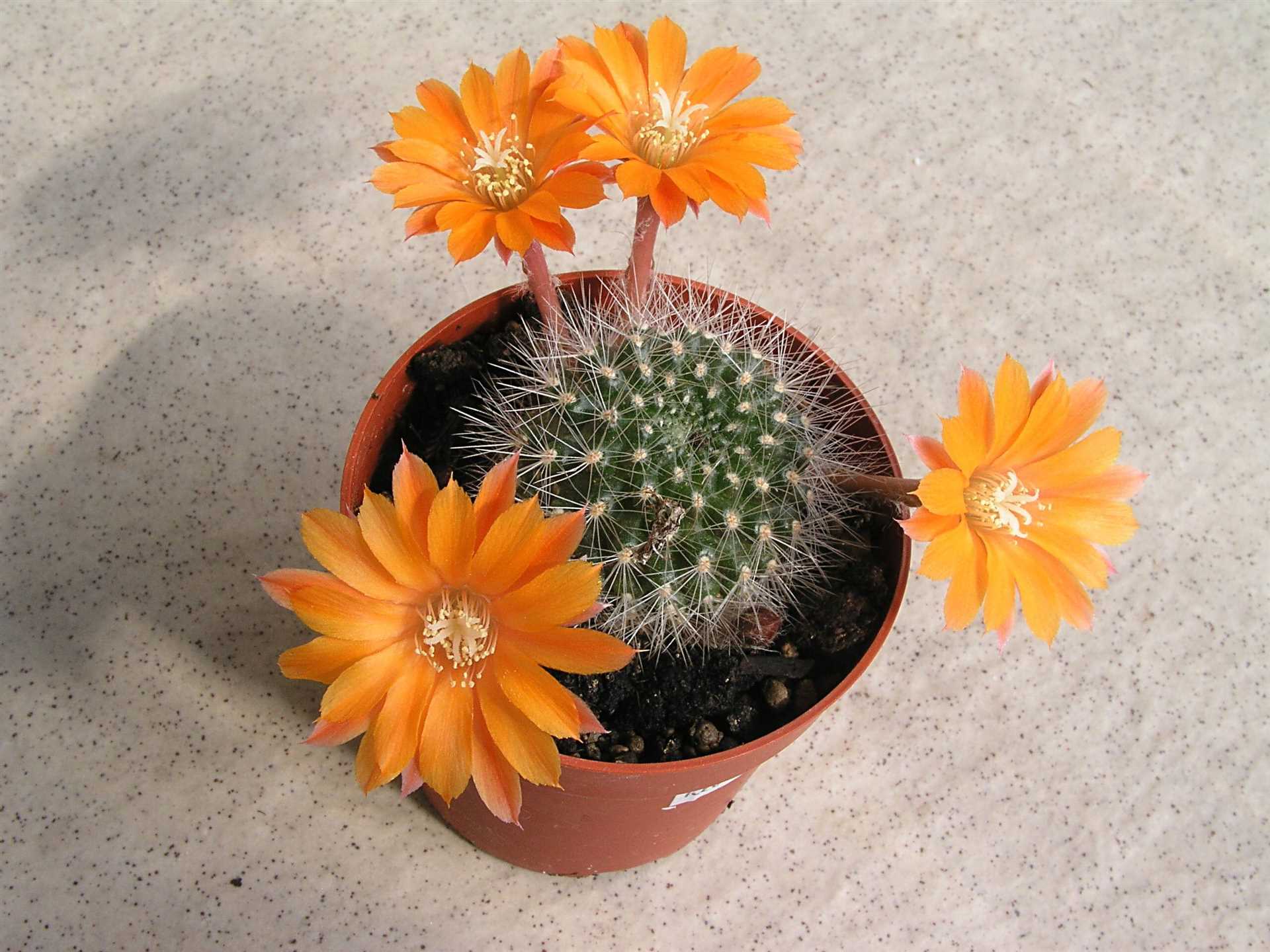
Ребуция – это красивое и популярное растение, которому необходимо регулярное поливание для сохранения здоровья и красоты. Оптимальная частота полива ребуции зависит от времени года и условий содержания.
Весной и летом ребуцию нужно поливать регулярно, чтобы сохранить почву влажной. Поливайте растение, когда верхний слой почвы подсохнет на 2-3 см. Однако не допускайте переувлажнения, так как это может привести к гниению корней. При поливе старайтесь избегать попадания воды на листья, чтобы не вызывать их загнивание.
Осенью и зимой активность ребуции снижается, поэтому частоту полива нужно уменьшить. Поливайте растение умеренно, давая почве хорошо подсохнуть между поливами. Важно контролировать влажность, чтобы не допустить пересыхания почвы или переувлажнения.
Помимо регулярного полива, следует учитывать и другие факторы, влияющие на потребность ребуции в воде. Например, растения, размещенные на солнечном месте, могут требовать больше влаги, чем те, что находятся в полутени.
Запомните: ребуцию следует поливать аккуратно и умеренно, избегая переувлажнения или пересыхания почвы. Внимательно наблюдайте за ее состоянием и реагируйте на изменения, чтобы обеспечить ей оптимальные условия для роста и развития.
Удобрение ребуции: основные правила и частота
Ребуция — тропическое растение, которое нуждается в достаточном количестве питательных веществ для своего здорового роста. Однако, удобрение ребуции требует определенных правил и частоты, чтобы не вызывать перегрузку растения и не повредить его корни.
Правило 1. Правильный выбор удобрений
Для ребуций лучше всего подходят удобрения, которые содержат все необходимые элементы в балансе. Особенно важными элементами являются азот, фосфор и калий. Отдельные удобрения, например, аммиачная селитра или суперфосфат, можно использовать только по необходимости и в зависимости от сезона.
Правило 2. Соблюдение частоты удобрения
Частота удобрения ребуции зависит от времени года. В летний период, когда активен рост растения, ребуцию следует удобрять каждые две недели. Однако в зимний период, когда растение находится в состоянии покоя, удобрение нужно проводить гораздо реже — один раз в месяц.
Правило 3. Не переусердствуйте с удобрениями
Перегрузка ребуции удобрениями может привести к ожогам корней и проблемам с здоровьем растения. Поэтому, не стоит переусердствовать с количеством удобрений. Дозировка следует регулировать в соответствии с инструкцией на упаковке.
В целом, удобрение ребуции — это важный процесс, который поможет ей сохранять красивый внешний вид и здоровье. Следуя правилам и соблюдая частоту удобрения, можно достичь великолепных результатов и наслаждаться роскошными цветами этой удивительной тропической красавицы.
Основные методы размножения ребуции в домашних условиях
Размножение ребуции в домашних условиях возможно несколькими способами, среди которых основными являются:
1. Размножение черенками
Для размножения ребуции черенками необходимо отрезать от зрелого растения здоровый и длинный побег с несколькими листьями. Нижние листья следует удалить, а в верхней части черенка оставить небольшие приросты. Затем черенок следует погрузить в стакан с водой и оставить на светлом месте при комнатной температуре. Через несколько недель появятся корни, и черенок можно будет посадить в грунт.
2. Размножение листьями
Для размножения ребуции листьями нужно аккуратно отрезать здоровый лист с участком стебля и оставить его просохнуть несколько часов. Затем лист следует посадить в маленькую горшочек с влажным грунтом. Для создания влажности можно накрыть горшок пленкой. Через некоторое время появятся новые ростки, из которых можно вырастить новые растения.
Помимо этих основных методов, для размножения ребуции можно использовать еще такие способы, как разделение куста, распространение семенами и посев стеблевых отводков.
Так стоп!!! Вы всё ещё не подписаны на наши каналы в Телеграмм и Дзен? Посмотрите: ТГ - (@historyfantasydetectivechat) и Дзен (https://dzen.ru/myshortsstorys)
Как обрезать ребуцию и поддерживать ее форму в домашних условиях
Один из основных моментов ухода за ребуцией в домашних условиях — это регулярная обрезка и поддержание ее формы. Это позволяет растению выглядеть аккуратно и убрано, а также способствует его здоровому росту.
Перед началом обрезки ребуции, необходимо подготовить все необходимые инструменты. Можно использовать остро законченные садовые ножницы или ножницы для обрезки растений. Главное, чтобы инструмент был стерилен, чтобы не повредить растение.
Шаг 1: Определите, где нужно обрезать
Перед тем, как начать обрезку ребуции, важно определить, где нужно сделать срез. Старайтесь выбирать места, где ветки пересекаются или растут в неправильном направлении. Обрезайте только те части растения, которые выглядят мертвыми, больными или поврежденными.
Шаг 2: Сделайте срез
Когда вы определите нужное место для обрезки, аккуратно сделайте срез при помощи ножниц или ножа. Старайтесь делать срез по возможности ближе к основанию ветки или точке ветвления, чтобы стимулировать рост новых побегов.
Если ребуция слишком длинная и вы хотите укоротить ее, обрезайте посредине стебля, чтобы растение не стало неравномерным и сохраняло привлекательную форму.
Шаг 3: Поддерживайте форму растения
После обрезки ребуции важно поддерживать его форму. Регулярно удаляйте отросшие боковые побеги или ветви, чтобы сохранить желаемую форму растения. Вы можете также придавать ребуции определенную форму с помощью опор, на которых она будет опираться и расти в определенном направлении.
- Совет: после обрезки растение может быть ослаблено, поэтому следите за его состоянием. Постепенно увеличивайте интенсивность обрезки, давая растению время для восстановления.
- Совет: при обрезке ребуции не выбрасывайте отрезанные части растения. Их можно использовать для размножения новых ребуций. Просто посадите отрезанные стебли в грунт и дайте им корням.
Правильно обрезанная и ухоженная ребуция будет радовать вас своей красотой и здоровым ростом. Следуя простым шагам и регулярно выполняя обрезку, вы сможете поддерживать форму ребуции в домашних условиях и наслаждаться ее зеленым и ухоженным видом.
Определение и борьба с вредителями и болезнями ребуции
Ребуция — это популярное декоративное растение, которое может столкнуться с различными вредителями и болезнями. Для эффективной борьбы с ними, необходимо уметь распознавать эти проблемы и принимать соответствующие меры.
Вредители ребуции
Одним из наиболее распространенных вредителей ребуции являются мучнистые червецы. Они могут появляться в виде белого порошка на листьях и стеблях растения. Для борьбы с ними можно использовать специальные химические препараты или народные средства, такие как раствор мыла и воды.
Другим вредителем ребуции являются трипсы. Они могут вызывать появление пятен на листьях и повреждать цветки. Для борьбы с ними рекомендуется использовать инсектициды или естественных врагов трипсов, например, хищных клещей или наездников.
Болезни ребуции
Ребуция также может подвергаться различным болезням. Одной из них является грибковая инфекция, такая как мучнистая роса. Для предотвращения ее появления рекомендуется поддерживать оптимальный уровень влажности и проветривать растение.
Еще одной распространенной болезнью ребуции является черная ножка. Она проявляется в гнили стебля, что может привести к гибели растения. Для борьбы с этой болезнью рекомендуется соблюдать правильный режим полива и избегать обильного орошения.
В целях профилактики и борьбы с вредителями и болезнями ребуции, рекомендуется регулярно осматривать растение, удалять пораженные части, обрабатывать препаратами и следовать рекомендациям по уходу за растением.
Уход за ребуцией в зимний период: особенности и рекомендации
Зимний период требует особенного внимания к уходу за ребуцией. В холодное время года растение испытывает стресс из-за низкой температуры и сухого воздуха в помещении. Чтобы обеспечить здоровье и красоту вашей ребуции в зимний период, следуйте рекомендациям:
Продолжайте поливать
В зимний период ребуция не перестает расти, поэтому ей все равно требуется достаточное количество влаги. Однако важно сделать перерывы между поливами, чтобы не вызвать перенасыщение почвы влагой. Помните, что лучше недопоить растение, чем перелить.
Обеспечьте достаточное освещение
Ребуция требует яркого, но разбитого света. В зимний период необходимо обеспечить растению 12-14 часов освещения в день. Разместите ребуцию вблизи окна, предпочтительно южного или восточного направления, чтобы обеспечить ей необходимое количество света.
Увлажняйте воздух
Низкая влажность в помещении может негативно сказаться на здоровье ребуции. Во время отопительного сезона, когда воздух становится суше, рекомендуется увлажнять воздух вокруг растения. Для этого можно использовать специальный увлажнитель воздуха или просто разместить ребуцию на поддоне с влажными камнями или водой.
Избегайте перепадов температур
Ребуция чувствительна к перепадам температур, поэтому важно избегать резких изменений. Ребуция лучше переносит низкие температуры, чем резкое повышение. Поэтому рекомендуется не размещать ее рядом с источниками тепла и избегать расположения растения на сквозняках.
Следуя этим рекомендациям, вы сможете обеспечить здоровье и красоту ребуции в зимний период. Не забывайте также проверять состояние листьев и стеблей растения, чтобы своевременно принять меры по их лечению и уходу.
Советы по уходу за ребуцией в разных климатических условиях
1. Уход за ребуцией в сухом климате
В сухом климате ребуция может испытывать недостаток влаги, поэтому основной заботой в таких условиях будет поддержание оптимальной влажности вокруг растения.
Одним из способов увлажнения воздуха можно использовать увлажнитель или распылитель, регулярно обрызгивая ребуцию. Также можно разместить растение на поддон с влажными камнями или использовать увлажнитель в виде открытой емкости с водой рядом с ребуцией.
Кроме того, необходимо регулярно поливать ребуцию, обеспечивая достаточное количество влаги в почве. Однако следует быть осторожным и не переувлажнять грунт, чтобы избежать загнивания корней.
2. Уход за ребуцией в холодном климате
В холодном климате ребуция может подвергаться стрессу из-за низкой температуры.
Для защиты растения от холода рекомендуется размещать его в теплом месте с умеренной температурой, избегая резких перепадов. Зимой можно дополнительно использовать утеплитель или перенести ребуцию в место с теплым подсветкой.
Также важно обеспечить ребуции световой режим, поддерживающий естественное количество света и темноты. Для этого можно использовать фитолампы или лампы с искусственным светом.
3. Уход за ребуцией в жарком климате
В жарком климате ребуция может страдать от высоких температур и сухости воздуха. Для ее ухода в таких условиях необходимо создать комфортные условия.
Рекомендуется размещать ребуцию в прохладном месте или под древесиной, чтобы она получала недостаточное количество прямых солнечных лучей. Также можно использовать специальные солнцезащитные ткани или установить ребуцию под навесом.
Особое внимание следует уделять поливу. В жару растение нуждается в большем количестве влаги, поэтому необходимо регулярно поливать ребуцию, следя при этом за тем, чтобы корни не пересыхали.
Частые ошибки при уходе за ребуцией: как их избежать?
Уход за ребуцией требует определенных навыков и знаний, и даже опытные растениеводы иногда допускают ошибки. Однако, соблюдение нескольких простых правил поможет избежать распространенных ошибок и обеспечить здоровье и процветание вашей ребуции.
1. Ошибки в поливе
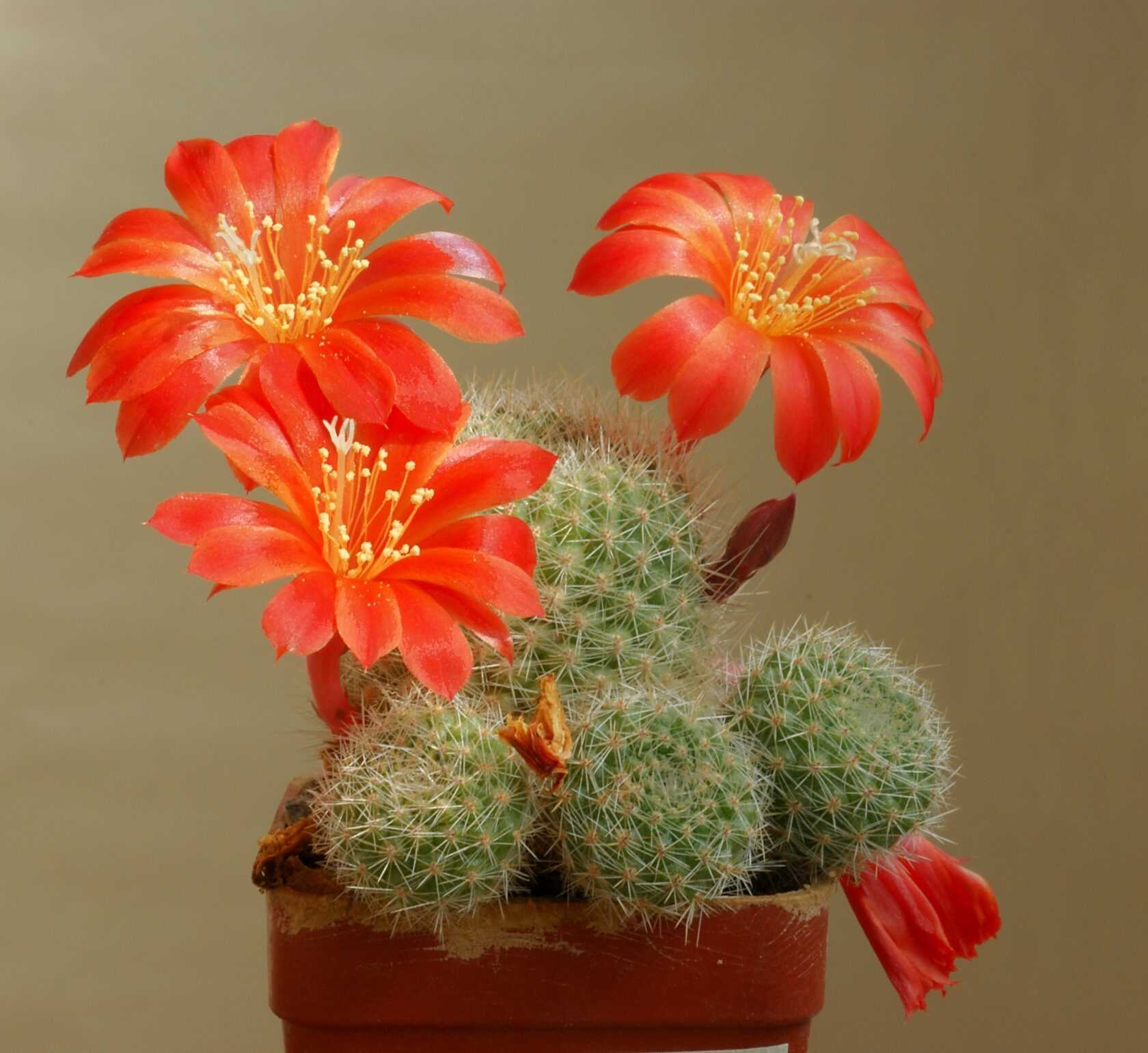
Одна из самых частых ошибок при уходе за ребуцией связана с неправильным поливом. Частым промахом является переувлажнение почвы. Ребуция предпочитает умеренный полив, где почва полностью высыхает между поливами. Излишняя влага может привести к гниению корней и развитию грибковых заболеваний.
Другой ошибкой является недостаток полива. Ребуция не терпит сушу, и высушенная почва может привести к остановке роста и опадению листьев. Регулярно проверяйте влажность почвы и поддерживайте оптимальный уровень влажности.
2. Неправильное освещение
Ребуция требует яркого, но разбросанного света. К сожалению, многие ошибочно помещают ребуцию на прямом солнце или, наоборот, в полутеневое место. Это приводит к ожогам листьев или, наоборот, ко внезапной потере яркости и цветности листьев. Размещайте ребуцию в ярком месте с разбросанным светом, обеспечивая ей несколько часов дневного света, но избегая прямого солнца.
3. Неподходящая температура
Ребуция предпочитает теплую и влажную среду. Очень часто ошибка заключается в неправильной температуре. Ребуция не переносит холода и сквозняков. Обеспечьте ребуции умеренно теплую среду, избегайте резких перепадов температур, и она будет благодарна своим здоровым и красивым видом.
4. Неправильное удобрение
Частая ошибка при уходе за ребуцией — неправильное удобрение или его чрезмерное использование. Ребуция нуждается в регулярных подкормках, но переизбыток удобрений может повредить ее корни и вызвать ожоги листьев. Используйте специальные удобрения для ребуции, следуйте указаниям производителя и подкармливайте ребуцию с умеренной регулярностью.
Избегая этих частых ошибок, вы поможете вашей ребуции процветать и радовать вас своим здоровым видом и ярким цветом.
Вопрос-ответ:
Какие материалы нужны для создания ребуции в домашних условиях?
Для создания ребуции вам понадобятся следующие материалы: чаша для ребуции, вода, корневое побеговое отделение растения, субстрат для посадки (например, песок).
Какой способ размножения ребуции является наиболее эффективным?
Наиболее эффективным способом размножения ребуции является черенкование, это процесс посадки отдельного побега в субстрат и его последующего развития в самостоятельное растение.
Как правильно ухаживать за ребуцией в домашних условиях?
Для правильного ухода за ребуцией необходимо обеспечить ей яркий, но рассеянный свет, регулярный полив и подкормку, опрыскивание листьев для поддержания влажности, а также умеренную температуру и влажность воздуха.
Как часто нужно поливать ребуцию?
Ребуция нуждается в умеренном поливе. В летний период поливайте ее примерно раз в неделю, а в зимний – раз в две недели. Основное правило – не переувлажняйте субстрат, чтобы не вызвать гниение корней.
Что делать, если ребуция перестала расти или выглядит не очень здоровой?
Если ребуция перестала расти или выглядит не очень здоровой, возможно, ей не хватает света или питательных веществ. Поставьте ее на более яркое место, проведите подкормку органическими удобрениями. Также проверьте условия содержания: может быть, в комнате слишком сухой воздух или недостаточная температура.

